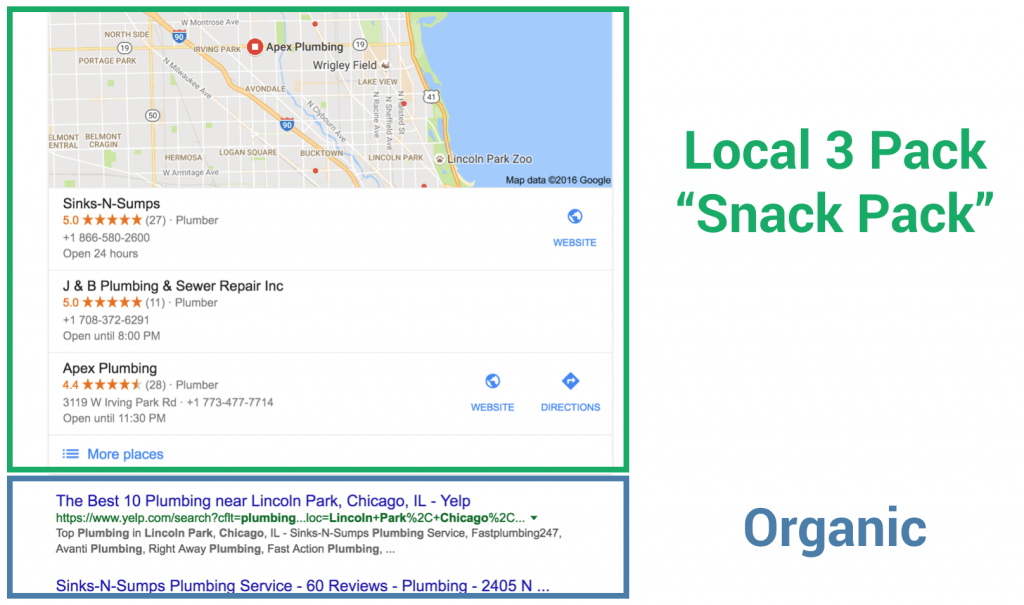Voice searches have grown rapidly in recent years: more and more people are using voice searches on their mobile devices, more people are adopting smart home assistants like Google Home or Amazon Alexa, and as the result, reports have revealed that voice searches have now account for 20% of Google’s total searches.

We can expect this number to continue growing in following years, and if we are not optimizing for voice searches, we are missing a lot. Here, we will discuss 6 things you will need to know about voice search optimization.
Without further ado, let us begin.
1. Long-Tailed, Conversational Queries
We don’t type the way we speak, and that is even truer when we are voice searching. For example, let’s say we are looking for a golf course in New York.
If we are typing on Google, usually we use shorthands like “golf course NY”. On the other hand, when we ask Siri, Google Assistant, or Alexa, we tend to use conversational language such as “what is the best golf course in New York (or NY)”.
Obviously, this will affect our SEO, especially regarding our choice of keywords. We should now consider natural speech pattern and conversational language when researching our target keywords.
The best way to do this is to list all sorts of questions and statements you can think of, especially questions frequently asked by your customers over the phone, emails, and social media channels.
2. Mobile Optimized Queries
We have mentioned how the rise of mobile is one of the main reasons for the rising trend of voice searches. In fact, studies have suggested that mobile searches have overtaken desktop searches in recent years.
We use a lot of similar search queries when using both mobile and desktop devices. Yet, there are certain unique queries people only use with mobile searches, and others exclusively with search queries.
One of the most common examples is location-based queries, which we commonly used on mobile searches nowadays due to the GPS capabilities of our phones. Nowadays, “near me” queries and time-specific queries like closing and opening hours are very popular.
Consider geo-targeted keywords in your SEO initiatives. We will also discuss local SEO further below.
3. The Search Engine Platforms
For the regular SEO, most experts will target Google, which is an obvious choice given the size of Google’s audience.
However, for voice optimization, we should also consider the fact that Bing is the default search engine for Apple’s Siri. iPhone, as well as other iOS devices still account for roughly 15% of all mobile devices globally. In the U.S., iPhone’s market share is 31.3%.
So, consider your target search engines when attempting voice optimization.
4. Understanding User Intention
Most of the time, we have a different intention when attempting a voice search over typed ones. Why did you usually do voice search? The answer can be various, from driving to reading a book to simply lazy. Yet, all those reasons can be boiled down into: you want an immediate information when your hands are not available (or, you are currently too lazy to use them).
Also, we are most likely to look for a specific information with a voice search. It can be the closing hours of a certain restaurant, the price of a specific product, the release date of a movie, and so on.
So, you will need to figure out these specific intents related to your brand, product, or service. For example, if you are a restaurant, you should make information like your opening hours, complete street address, and phone number readily available.
Also, don’t make these pieces of information available as an image, which will disrupt Google’s (or other search engines’) indexing. Making them available as a simple HTML content can help with your visibility.
Next, consider providing all the relevant information about your brand/product/service. Anticipate your prospects’ questions, and try to come up with preemptive answers. A common way to do this is to create an FAQ section on your site.
In short, optimizing for voice search is most of the time, answering the relevant questions asked by your customers.
5. Register and Maintain Your Google My Business

In the past, Google My Business might be a thing exclusive to brick and mortar businesses, along with local SEO in general. That’s no longer the case, and you will benefit from having a Google My Business listing even if you are not a local company. The reason? The rise of “near me” searches, as mentioned above. So, if you haven’t, register and optimize your Google My Business account, verify it, and keep it up-to-date with all your current information.
Keep your Google My Business listing as complete and relevant as possible, and consider adding images to your listing. Images might not impact SEO directly, but it can be a major difference in getting more CTR.
6. Implement Schema Markup
Schema.org, or what we often call structured data, is a markup language to optimize a website, allowing search engines an easier time to index them. Schema markup is a pretty broad subject on its own, so refer to this guide by Moz to help you further.
Structured data is a very powerful aspect of SEO, but not many SEO practitioners are implementing it. The main benefit of implementing schema markup is to get rich snippets, which can be very important for voice optimization.
End Words
With mobile devices, smart speakers, and other smart home technologies continue to rise in popularity, we can expect voice searches to continue being more relevant in the coming years. Optimizing for voice searches, in the near future, will be a necessity to get ahead of the pack.
With the 6 tips we have shared above, you can start planning your voice search optimization initiatives, as well as improving your overall SEO strategy.
Mike Khorev is a digital marketing consultant and customer acquisition expert that helps small and mid-size businesses generate more leads and sales and grow revenue online. He offers expert advice on marketing your company the right way through performance-based digital marketing, SEO, social media, search engine marketing and many other online practices.